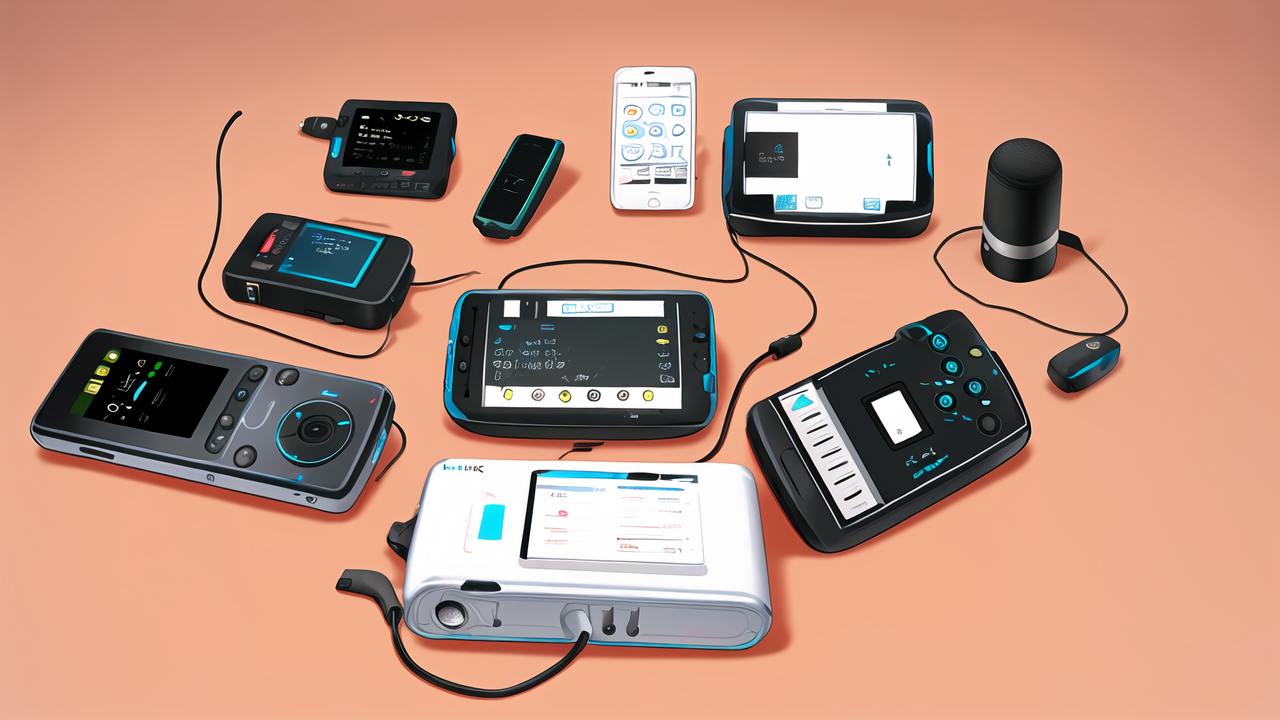Understanding Long Range Walkie-Talkie Technology
The Evolution of Walkie-Talkie Devices
Walkie-talkies have come a long way since their inception. They started as bulky military tools. Now, they're compact and powerful. Early models had limited range and poor audio quality. Today's devices offer clear sound and long-range connectivity. The shift from analog to digital technology was a game-changer. It improved signal quality and expanded features. Modern walkie-talkies now include GPS, text messaging, and even Wi-Fi capabilities. This evolution has made them essential for various industries and outdoor activities.

Key Technologies Enabling Long Range Communication
Several technologies have extended the range of walkie-talkies. Digital Signal Processing (DSP) is one such innovation. It enhances audio clarity over long distances. Frequency-hopping spread spectrum (FHSS) technology reduces interference. It allows for more secure and stable connections. Advanced antenna designs also play a crucial role. They help in capturing weak signals from far away. Power management systems extend battery life for longer use. Some models now use satellite connectivity for truly global coverage. These advancements have pushed the boundaries of what's possible with portable communication.
The Role of FCC Regulations in the United States
The Federal Communications Commission (FCC) governs walkie-talkie use in the US. It sets rules for frequency usage and power output. These regulations ensure fair access to radio waves. They also prevent interference with other services. The FCC limits the maximum power output for handheld devices. This affects the potential range of consumer walkie-talkies. Some frequencies require licenses, while others are open for public use. Understanding these rules is crucial for legal and effective use. The FCC also certifies devices to ensure they meet required standards.
Top Long Range Walkie-Talkie Brands in the Market
Motorola G86: Features and USPs
The Motorola G86 stands out in the long-range walkie-talkie market. It boasts an impressive range of up to 35 miles in ideal conditions. The G86 uses advanced GMRS technology for clear communication. It features 22 channels with 121 privacy codes. This provides over 2,600 channel combinations. The device is water-resistant and built to withstand tough conditions. It offers hands-free operation with VOX technology. The G86 includes a built-in flashlight and emergency alert button. Its long battery life ensures reliability during extended use. Dual power options allow for flexibility in different situations.

Kenwood and Icom: A Comparative Analysis
Kenwood and Icom are well-respected brands in the walkie-talkie industry. Kenwood offers models with robust build quality and excellent audio clarity. Their devices often feature wide frequency ranges and multiple operating modes. Icom is known for its user-friendly interfaces and advanced features. Both brands provide options for professional and recreational use. Kenwood excels in durability, while Icom often leads in technological innovation. Both offer models with long range capabilities, competing with the G86. Their product lines include options for various needs and budgets.
Lifepak Solutions: A New Entrant in the Market
Lifepak Solutions is a newer player in the long-range walkie-talkie market. They focus on combining communication with safety features. Their devices often include GPS tracking and SOS functionalities. Lifepak models emphasize ease of use and reliability in emergency situations. While they may not have the brand recognition of Motorola or Kenwood, they're gaining popularity. Their innovative approach appeals to outdoor enthusiasts and safety-conscious users. Lifepak's products often integrate with smartphone apps for enhanced functionality.
Evaluating and Selecting Your Long Range Walkie-Talkie
Critical Considerations Before Purchase
When choosing a long-range walkie-talkie, several factors are crucial:

- Range: Consider the maximum distance you need to cover.
- Battery Life: Look for devices with long-lasting batteries.
- Durability: Choose models that can withstand your intended use.
- Features: Decide which additional functions you need.
- Frequency Type: Understand the differences between FRS, GMRS, and other bands.
- Size and Weight: Consider portability for your specific needs.
- Price: Balance cost with features and quality.
- User Reviews: Check real-world experiences from other users.
- Warranty: Look for products with good warranty coverage.
- Compatibility: Ensure it works with other devices you may use.
Decision-Making Process: Comparing G86 with Competitors
To choose between the G86 and its competitors, follow these steps:
- List your specific needs and priorities.
- Compare the range and clarity of each model.
- Evaluate the battery life under similar conditions.
- Check the durability ratings and water resistance.
- Compare additional features like GPS or emergency alerts.
- Consider the ease of use and user interface.
- Look at the price point and value for money.
- Read expert reviews and user testimonials.
- Check for compatibility with existing equipment.
- Consider the brand's reputation and customer support.
This process will help you make an informed decision based on your unique requirements.
Implementing and Managing Long Range Communications
Once you've chosen your walkie-talkie, proper implementation is key:
- Familiarize yourself with all features and functions.
- Set up channels and privacy codes for your group.
- Conduct range tests in your typical operating environment.
- Establish clear communication protocols with your team.
- Regularly maintain and clean your devices.
- Keep batteries charged and carry spares for long trips.
- Train all users on proper radio etiquette and emergency procedures.
- Stay updated on local regulations and licensing requirements.
- Consider creating a communication plan for different scenarios.
- Regularly review and update your communication strategies.
Effective management ensures you get the most out of your long-range walkie-talkies.


